Regulatory Compliance and Standards
Regulatory compliance and adherence to industry standards are critical drivers of the Material Testing Market. Various sectors, including aerospace, automotive, and pharmaceuticals, are subject to stringent regulations that mandate thorough material testing to ensure safety and efficacy. The increasing complexity of these regulations necessitates that companies invest in comprehensive testing services to avoid penalties and ensure product reliability. Recent data indicates that the market for compliance testing services is expected to grow by approximately 5% annually. This trend underscores the importance of maintaining compliance with evolving standards, thereby propelling the Material Testing Market forward as organizations prioritize regulatory adherence in their operational strategies.
Rising Demand for Quality Assurance
The increasing emphasis on quality assurance across various industries is a primary driver for the Material Testing Market. As manufacturers strive to meet stringent quality standards, the need for reliable material testing becomes paramount. Industries such as aerospace, automotive, and construction are particularly affected, as they require materials that can withstand rigorous conditions. According to recent data, the material testing services market is projected to grow at a compound annual growth rate of approximately 7.5% over the next five years. This growth is indicative of the heightened focus on quality and safety, compelling companies to invest in advanced testing solutions to ensure compliance with regulatory requirements. Consequently, the Material Testing Market is likely to experience robust growth as organizations prioritize quality assurance in their operations.
Expansion of Construction Activities
The ongoing expansion of construction activities worldwide significantly influences the Material Testing Market. With urbanization and infrastructure development on the rise, the demand for construction materials that meet safety and performance standards is critical. The construction sector is projected to witness a growth rate of around 8% annually, necessitating comprehensive material testing to ensure structural integrity and compliance with building codes. This trend is particularly evident in emerging economies, where rapid urban development is occurring. As a result, the Material Testing Market is expected to benefit from increased investments in testing services, as construction firms seek to mitigate risks associated with material failures and enhance the durability of their projects.
Growing Awareness of Material Properties
The growing awareness of material properties and their impact on product performance is a significant driver for the Material Testing Market. As industries become more cognizant of the importance of selecting appropriate materials, the demand for thorough testing to understand material characteristics is increasing. This trend is particularly pronounced in sectors such as electronics and consumer goods, where material performance can directly affect product quality and consumer satisfaction. The market for material testing services is projected to expand at a rate of 7% annually, reflecting the rising need for detailed material analysis. Consequently, the Material Testing Market is poised for growth as companies seek to leverage material properties to enhance product performance and competitiveness.
Technological Innovations in Testing Equipment
Technological innovations in testing equipment are reshaping the Material Testing Market. The advent of advanced testing technologies, such as automated testing systems and real-time data analytics, enhances the accuracy and efficiency of material testing processes. These innovations not only reduce testing time but also improve the reliability of results, which is crucial for industries that rely on precise material specifications. The market for testing equipment is anticipated to grow significantly, with a projected increase of 6% annually. This growth is driven by the need for more sophisticated testing solutions that can accommodate complex materials and applications. As a result, the Material Testing Market is likely to see a surge in demand for cutting-edge testing technologies that align with evolving industry standards.


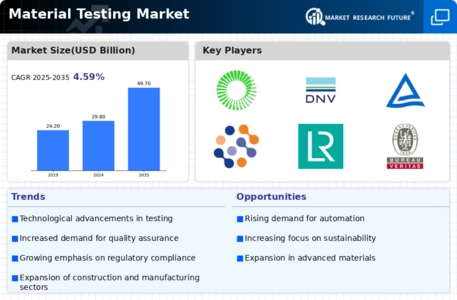

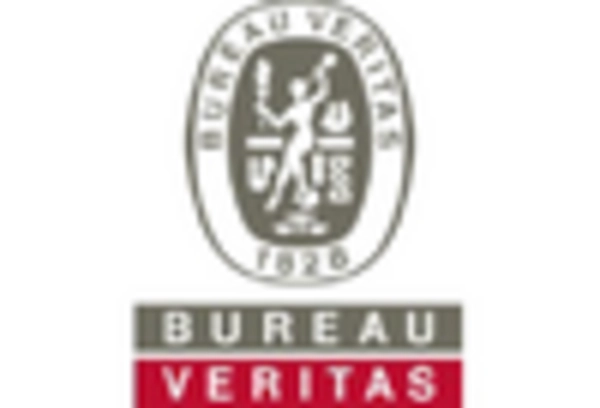
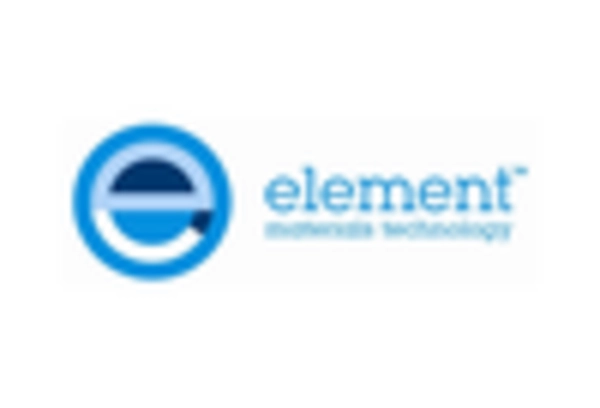

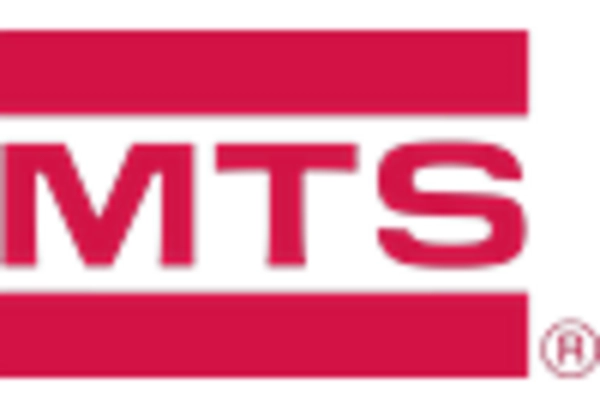

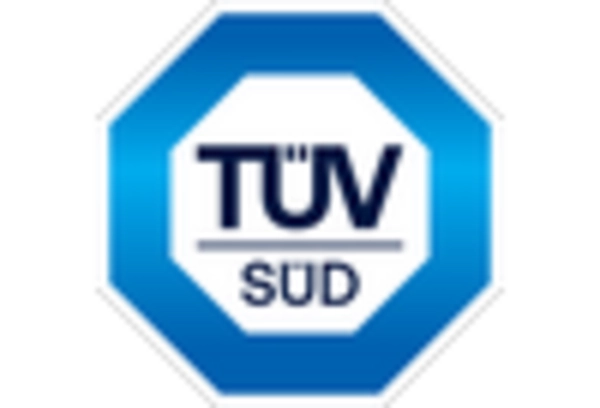








Leave a Comment